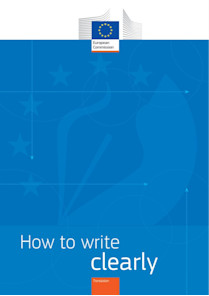
Good-Practice
The platform Good-Practice.ch supports professionals in the planning and implementation of social interventions and promotes the exchange of expertise. The platform is aimed at professionals and organizations in health promotion, prevention and social w…


